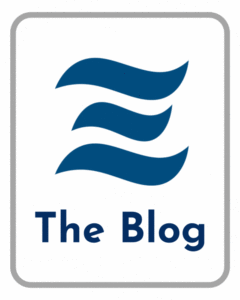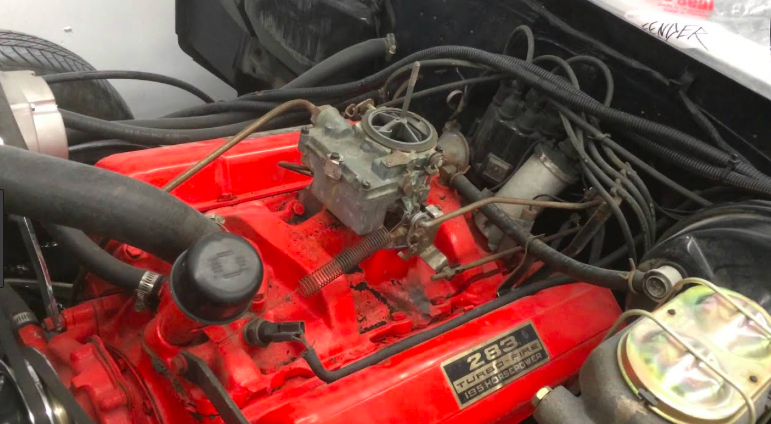When you watch a great period television show or movie, it’s always fun to see the artifacts that help to revive bygone periods in history.
Every prop reveals something about the characters, their community and culture.
Artifacts being us into a particular time and place. The objects say something about the values of the characters. Holding a Wall Street Journal signals something different than a New York Post. Putting a glass on a doily reveals something different than putting it on a piece of mail. Chopping vegetables with gleaming knives on a butcher-block cutting board says something different than dumping a can of Hormel chili into a pan on the stove.
 Props also provide something for the characters to use; they give us an excuse for action. Let’s call this the Party Rule. When people go to parties, they need something to hold. My parents propped cigarettes between forefinger and ring finger as they gesticulated at parties in the 1950s and 1960s. College students hold Solo plastic cups of beer at frat parties. Millennials always hold smartphones.
Props also provide something for the characters to use; they give us an excuse for action. Let’s call this the Party Rule. When people go to parties, they need something to hold. My parents propped cigarettes between forefinger and ring finger as they gesticulated at parties in the 1950s and 1960s. College students hold Solo plastic cups of beer at frat parties. Millennials always hold smartphones.
Whatever your story, use artifacts to reveal everyday life–and to give your characters something to keep their hands occupied.
Look at this passage from “Fun With a Stranger,” a short story by Richard Yates:
Miss Snell kept a big, shapeless old eraser on her desk, and she seemed very proud of it. “This is my eraser,” she would say, shaking it at the class. “I’ve had this eraser for five years. Five years.” (And this was not hard to believe, for the eraser looked as old and gray and worn-down as the hand that brandished it.) “I’ve never played with it because it’s not a toy. I’ve never chewed it because it’s not good to eat. And I’ve never lost it because I’m not foolish and I’m not careless. I need this eraser for my work and I’ve taken good care of it.
A simple object—a key prop in a classroom, a small knowable place—offers instant insight into a stern, dreaded primary school teacher.
Milan Kundera, in The Unbearable Lightness of Being uses the letter to the editor to symbolize Tomas’s decision to take a moral stand and risk his privilege. In The Things They Carried, Tim O’Brien uses a girlfriend’s letter to symbolize innocence and separation. In In Cold Blood, Truman Capote uses a number of objects and events — the radio, the diary, the insurance policy, letters — to condense a wide range of emotional ideas.
These objects represent larger ideas. This is not heavy-handed symbolism. You might remember the conversations in 10-grade English class about how Santiago carrying the staff in Hemingway’s The Old Man and the Sea “symbolizes” Christ’s cross and crucifixion. There’s no need to get so heavy. Let’s just say that objects reveal or represent something about the story’s characters, actions, or ideas.
I realized the full power of the prop when listening to a radio interview with the economist Barry Bluestone. Talking to Tom Ashbrook of NPR’s “On Point,” Bluestone described working at a Ford plant during his college summers in the 1960s. Bluestone actually brought an object to the studio for show-and-tell.
“This is a two-barrel carburetor from 1964,” Bluestone announced, as if the audience could see. “It went into a Mustang and there’s a good chance that I built that thing.”
Bluestone then recounted watching a worker at a McDonald’s restaurant a few days before. “I’m looking at a guy operating a fryolator and he’s going through the exactly same motions that I went through but he’s making one-fourth what I made.”
When I heard this, I was amazed. Simply bringing an object into the conversation, acting as if we listeners could see it, Bluestone activated the visual parts of our brains and our memories. He put us on that assembly line in Roseville, Michigan, and in that fast-food restaurant in Boston, Massachusetts. The power of props to enliven a scene—even when you can’t see them—is profound.
Before you go . . .
• Like this content? For more posts on writing, visit the Elements of Writing Blog. Check out the posts on Storytelling, Writing Mechanics, Analysis, and Writers on Writing.
• For a monthly newsletter, chock full of hacks, interviews, and writing opportunities, sign up here.
• To transform writing in your organization, with in-person or online seminars, email us here for a free consultation.

